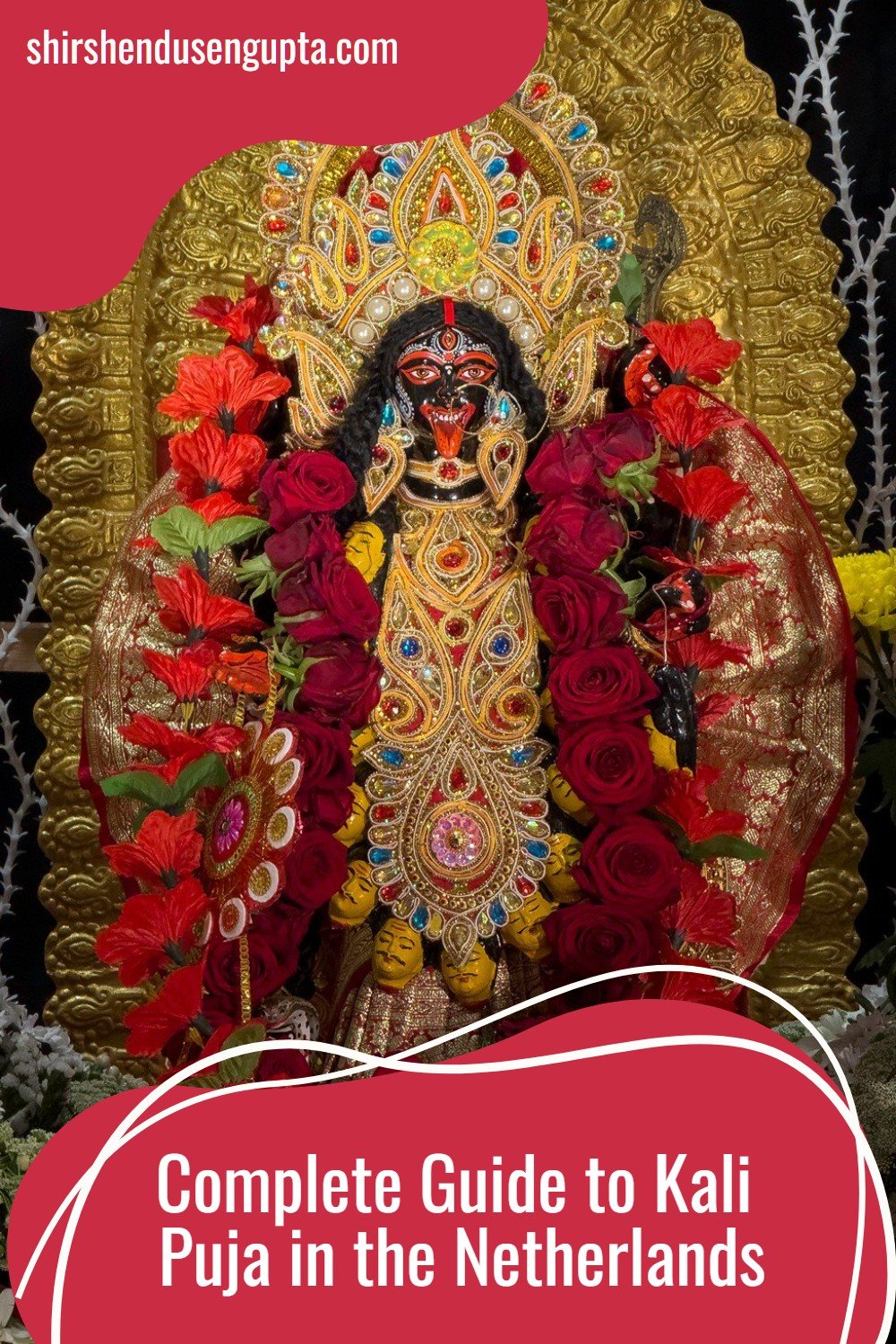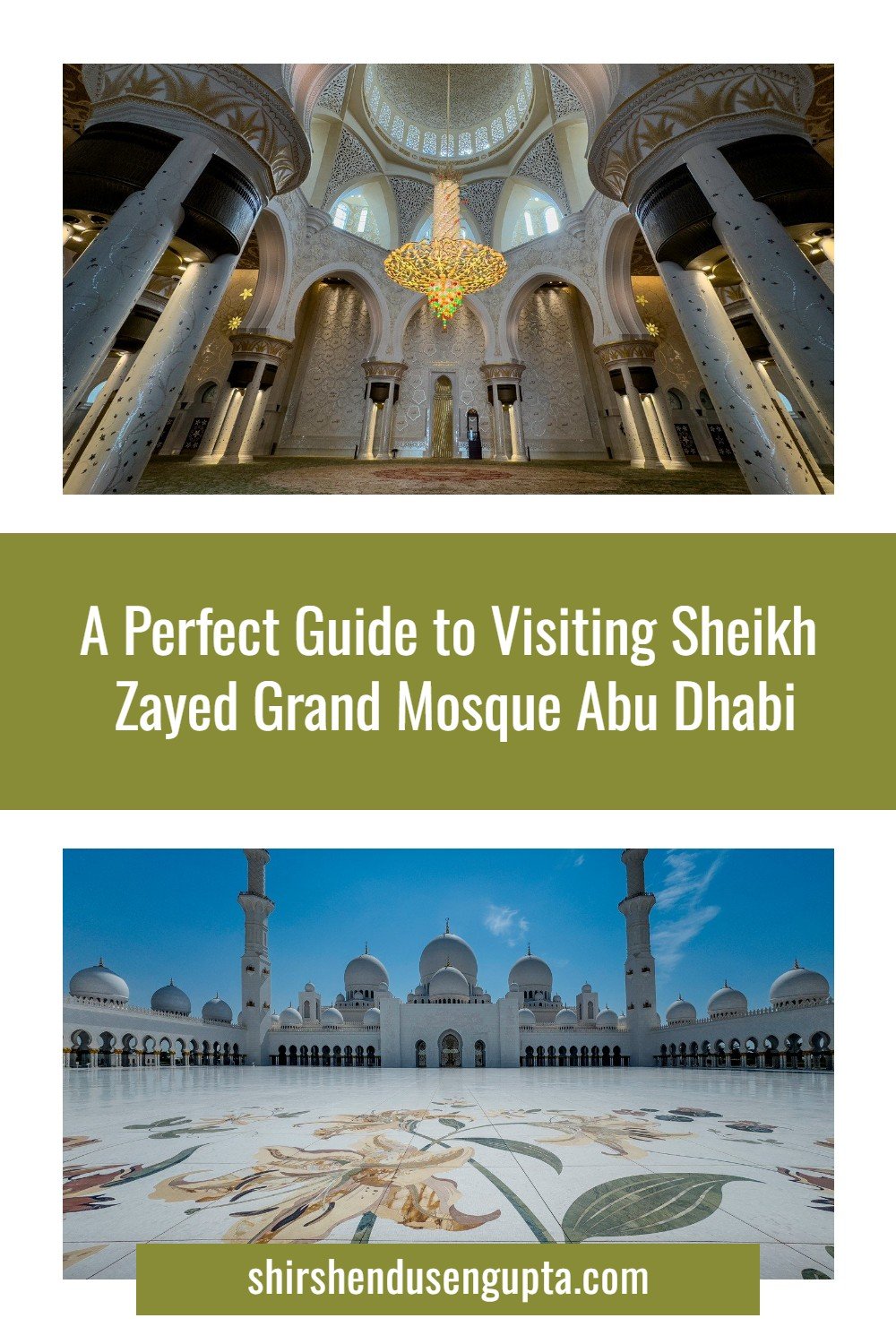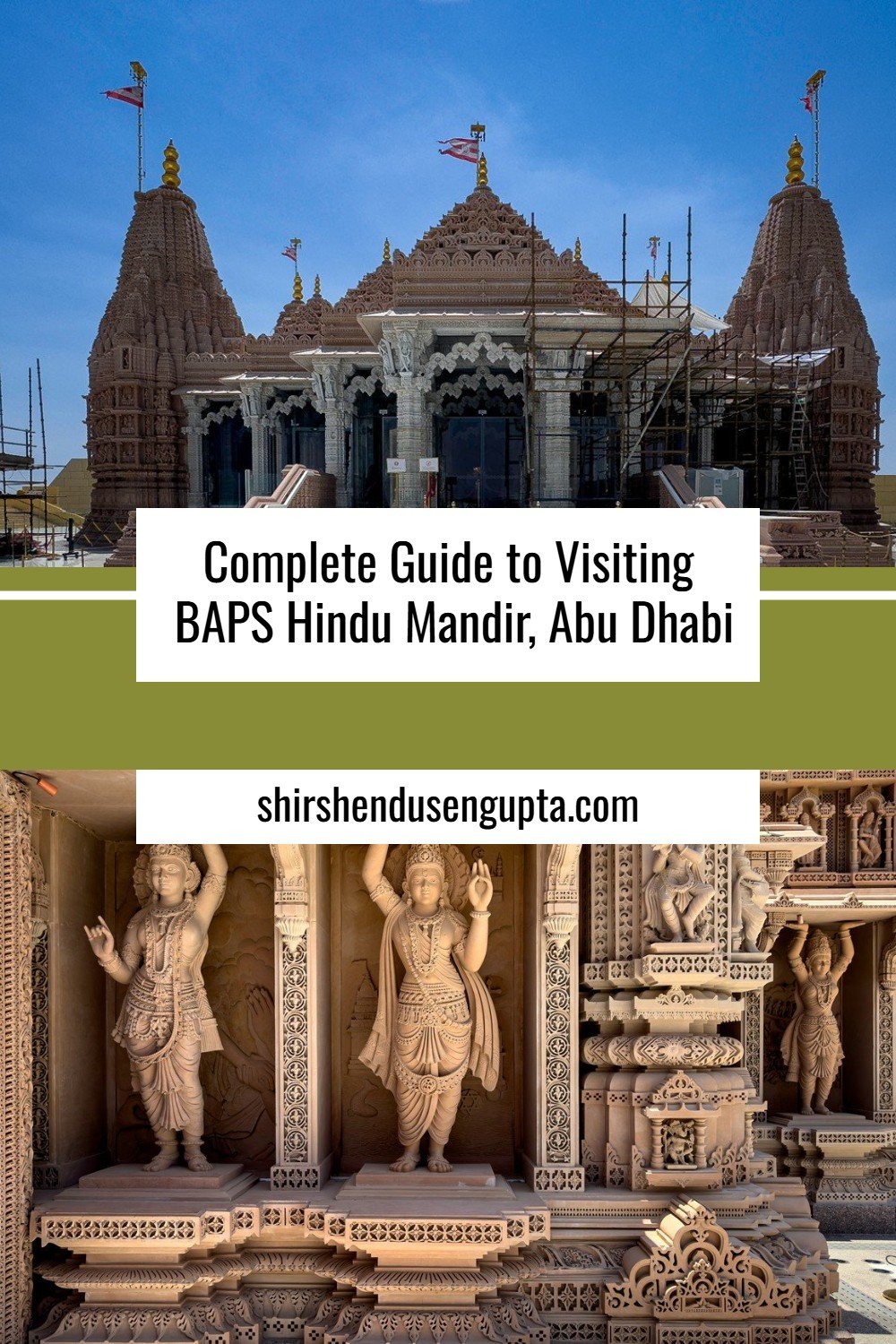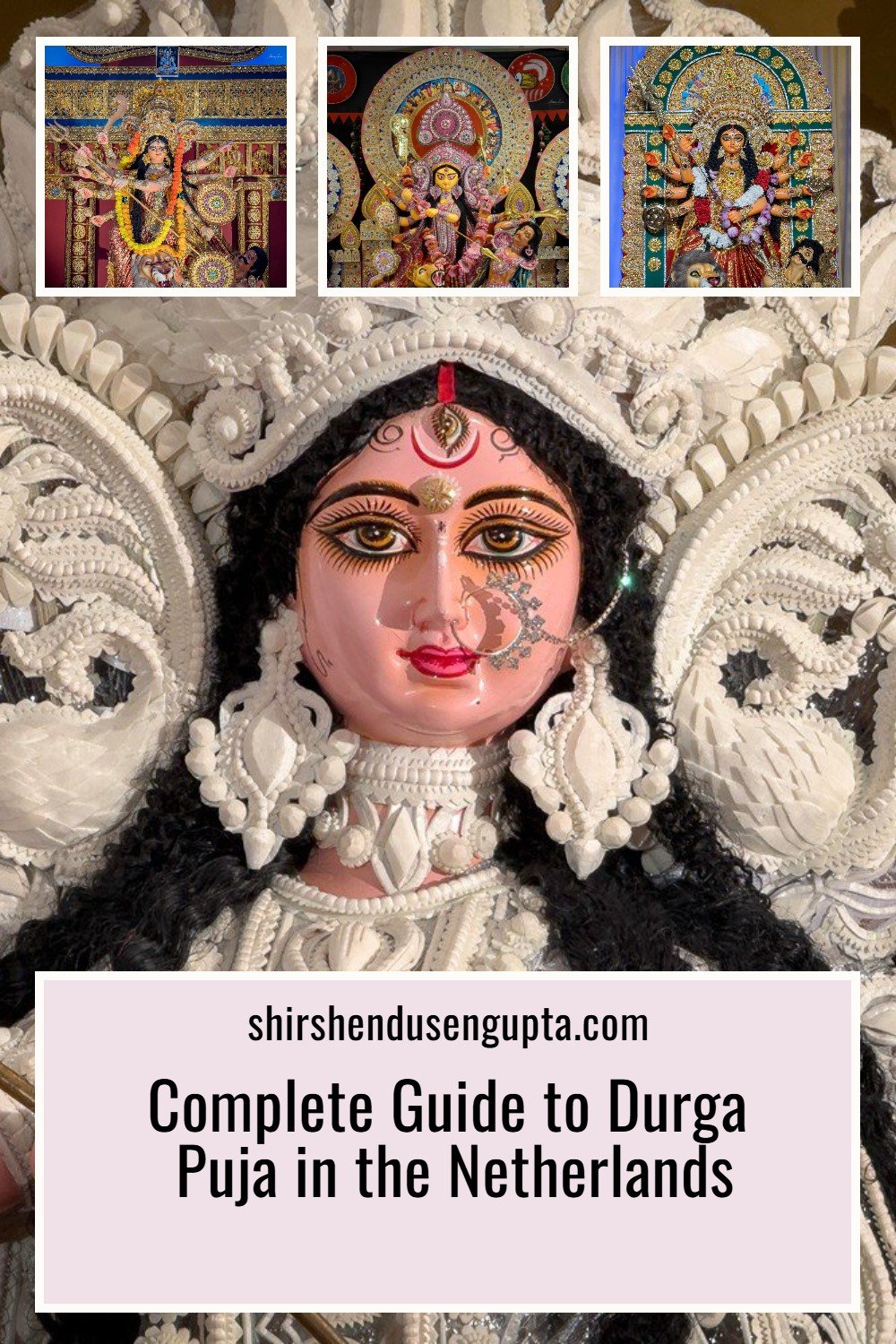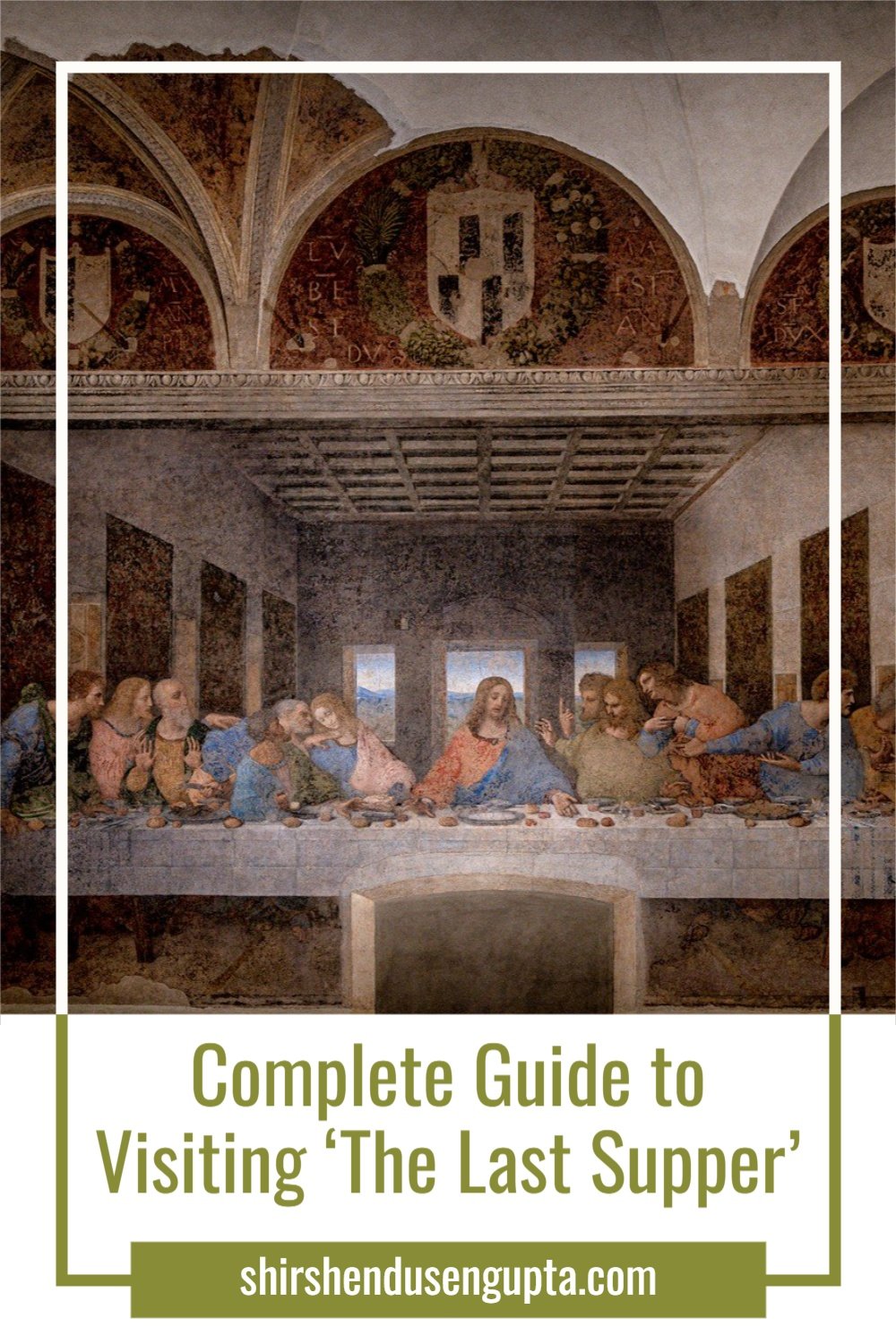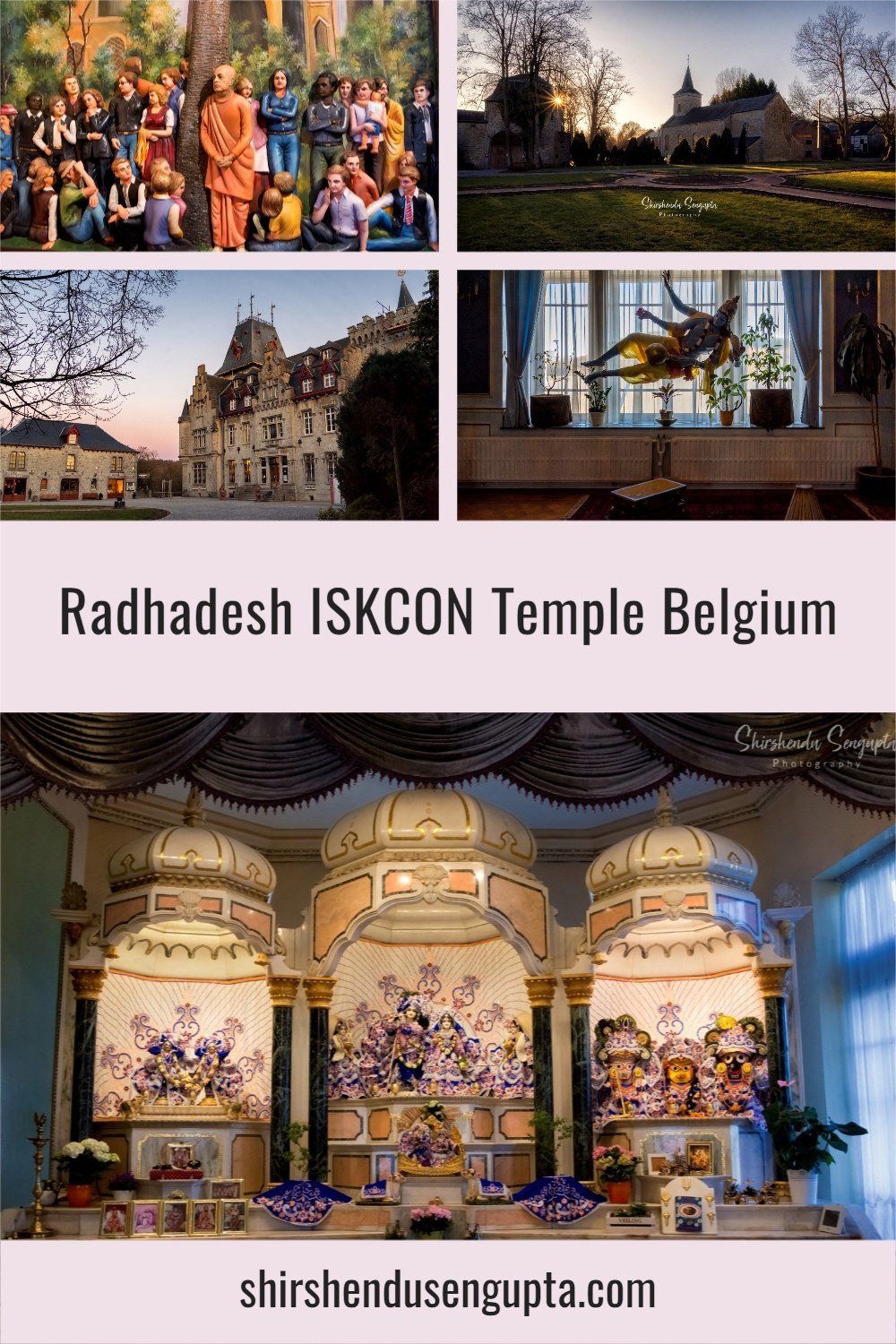A Perfect Guide to Visiting Sheikh Zayed Grand Mosque Abu Dhabi | Everything You Need to Know for Visiting Sheikh Zayed Grand Mosque Abu Dhabi, UAE
Prologue
During a sun-soaked summer, we traveled to Dubai in the United Arab Emirates (UAE) for a family vacation. During our stay in Dubai, we also visited the Sheikh Zayed Grand Mosque in Abu Dhabi, the capital of UAE. So based on our experience, today I’m going to share with you everything you need to know for visiting Sheikh Zayed Grand Mosque in Abu Dhabi. Let the journey begin!
And to read a day-by-day account of our 6-day Dubai and Abu Dhabi vacation with a detailed itinerary, please visit our article Ultimate 6 Day Dubai and Abu Dhabi Itinerary | Perfect 6 Days in Dubai and Abu Dhabi Travel Planner | 17 Best Things to Do and Places to Visit in Dubai and Abu Dhabi.
Welcome to Sheikh Zayed Grand Mosque Abu Dhabi!
One of the biggest mosques in the world, the Sheikh Zayed Grand Mosque, located in Abu Dhabi, the capital city of the United Arab Emirates is a vast architectural masterpiece that purposefully combines elements of several Islamic architectural styles. It is the largest mosque in the United Arab Emirates, the third largest in the world, and the main site of worship for daily Islamic prayers. The Grand Mosque has been a major stop for foreign leaders during official state visits to the United Arab Emirates. Among the notable guests are former US Vice President Joe Biden and Indian Prime Minister Narendra Modi.
A Brief History of the Construction of the Mosque
The Sheikh Zayed Grand Mosque was constructed between 1994 and 2007 by the late Sheikh Zayed bin Sultan Al Nahyan, the founder of the United Arab Emirates, under the management of the Syrian architect Youssef Abdelke, and three other Syrian architectural designers namely Basem Barghouti, Moataz Al-Halabi, and Imad Malasto to symbolize historical significance as well as the Islamic values of tolerance, peace, and diversity. His goal was for the Grand Mosque to serve as a living example of contemporary Islamic architecture that bridges the past and present and establishes an Islamic center of study and research that upholds true Islamic principles.
The architecture of the mosque was inspired by the Abu al-Abbas al-Mursi Mosque in Egypt, the Badshahi Mosque in Pakistan, and other Persian, Mughal, Arab, Moorish, and Indo-Islamic architectural references. The mosque’s construction involved a joint venture between Italian contractors Impregilo and Rizzani de Eccher, Belgian contractors ACC and Six Construct, 38 subcontracting firms, and over 3,000 artisans from Syria, India, Italy, Germany, Turkey, Pakistan, Malaysia, Iran, China, the United Kingdom, New Zealand, North Macedonia, and the United Arab Emirates. The construction of the mosque costed 545 million USD making it the most expensive mosque in the world. After Sheikh Zayed passed away in 2004, he was laid to rest in the mosque’s courtyard.
Architectural Features, Facts, and Figures
Generic Facts
Excluding the exterior landscaping and parking, the mosque complex measures roughly 22400 sq. meters (241,111 sq. feet). For comparison sake, the size of King Faisal Mosque in Sharjah, which was once the biggest mosque in UAE was 12,000 sq. meters (130,000 sq. feet).
More than 40,100 attendees can fit in the mosque, and more than 7,000 can fit in the main prayer hall. The women's prayer hall is one of two smaller prayer halls that can accommodate 1,500 people each.
The mosque has more than 1,000 columns, 82 domes (in 7 different sizes), and 24-carat gold chandeliers.
Throughout the mosque, three calligraphy styles namely Naskhi, Thuluth, and Kufic were created by Mohammed Allam of Jordan, Farouk Haddad of Syria, and Mohammed Mandi Al Tamimi of the United Arab Emirates.
The mosque's main axis is oriented toward the Kaaba in Mecca, Saudi Arabia, by rotating it around 12° south of true west.
A scaled-down replica of this mosque can be found in the Indonesian city of Surakarta.
The Courtyard
The courtyard with its floral design is approximately 17,000 sq. meters (180,000 sq. feet) in size and is regarded as the largest marble mosaic in the world.
On each of the courtyard's 4 corners are 4 minarets that soar to a height of roughly 107 meters (351 feet).
The Columns
The mosque's 1,000 columns, which are lit up at night, are reflected in the pools along the arcades.
Lighting architects Speirs and Major Associates created a distinctive lighting system to mimic the moon's phases.
Depending on the moon's phase, lovely bluish-gray clouds are projected in lights onto the exterior walls, becoming darker and brighter.
The Walls and Mosaics
100,000 tonnes of white marble adorns the mosque's exterior and interior.
Precious stones such as mother of pearl, red agate, amethyst, lapis lazuli, and abalone shells are inlaid into the marble to design the mosaics.
Marbles used in the construction included Sivec from North Macedonia, Lasa, Acquabianca, Bianco P from Italy, Makrana from India, and East White and Ming Green from China.
The Chandeliers
Millions of Swarovski crystals are used in 7 imported 24-carat gold chandeliers from the Munich (Germany) based company Faustig.
With a circumference of 10 meters (33 feet) and a height of 15 meters (49 feet), the largest chandelier in the main prayer hall is the second-largest known chandelier inside a mosque and the third-largest in the world.
The Main Prayer Hall Carpet
The main prayer hall features the biggest hand-knotted carpet in the world (as per the Guinness Book of World Records) measuring 5,400 sq. meters (54,125 sq. feet) made by Iran's Carpet Company, designed by Iranian artist Ali Khaliqi, and knotted by 1,200 Iranian artisans.
It took around two years to finish the carpet, which has 2,268,000,000 knots.
This 35-ton carpet is composed of 70% wool, and 30% wool and cotton which were imported from Iran and New Zealand.
Due to its weight, it had to be disassembled, transported on two airplanes, and then re-stitched when it got there.
Its design represents an Islamic medallion.
The Main Prayer Hall Qibla Wall
The Qibla wall, the back wall of the main prayer hall as you can see in the image below, is built facing the Holy City of Mecca which is the direction of the prayer (Qibla).
It features many five-sided flower shapes embossed with the 99 names (qualities or attributes) of God (Allah) in traditional Kufic calligraphy, created by renowned UAE calligrapher Mohammed Mandi Al Tamimi.
In the middle of the Qibla Wall is the golden niche known as the ‘Mihrab’ where the imam stands to lead the worshippers.
The yellow golden leaf mosaic of the ‘Mihrab’ seems to flow downwards from the beehive feature at the top to represent a river of golden honey as a reference to the description of ‘Paradise’ in the Holy Quran.
The Clocks
There are a total of 11 clocks in the inner halls of the Grand Mosque including one in the main hall.
They’re made in the UK in stainless steel inlaid with pearls in the shape of 6-petaled flowers.
The analog clock in the center represents the current time and the digital clock represents the prayer timings.
The digital display at the top of the inner circle represents the date according to the Gregorian calendar and the digital display at the bottom of the inner circle represents the date according to the Hijri (Islamic) calendar.
How to Visit Sheikh Zayed Grand Mosque Abu Dhabi
Opening Hours: Between 09:00 and 22:00 GST from Saturday to Thursday, and between 16:30 and 22:00 GST on Friday.
Address: Sheikh Zayed Grand Mosque, Sheikh Rashid Bin Saeed Street, Al Rawdah, Abu Dhabi, United Arab Emirates
Reaching the Mosque Complex by Car: We visited the mosque from Dubai in our own rented car. A lot of on-site parking is available in and around the mosque complex. But I recommend you to park in the underground parking closest to the mosque (GPS coordinates: 24.40923, 54.47630) from where you can directly enter the underground shopping mall of the mosque. You have to pass through the underground shopping mall to reach the visitor’s center for entering the mosque.
Reaching the Mosque Complex by Taxi: If you do not have a rented vehicle, taking a taxi is the second most convenient way to get to the mosque. They are much more affordable in the UAE than in many other nations. After you get out of the taxi you have to pass through the underground shopping mall to reach the visitor’s center for entering the mosque.
Reaching the Mosque Complex by Public Transport: If you are traveling to the mosque from Abu Dhabi, you can take Bus 24 from Marina Mall or Bus 94 from Ajwan Towers. If you are traveling to the mosque from Dubai, I recommend you to take the metro from wherever you are and arrive at Ibn Battuta Bus Station 10. From there take Bus E102 to Zayed International Airport Terminal A and then from there take Bus A10 to Sheikh Zayed Grand Mosque. After you get out of the bus you have to pass through the underground shopping mall to reach the visitor’s center for entering the mosque.
Amenities in the Underground Shopping Mall: The underground shopping mall has numerous stores, cafes, and restrooms.
Refreshments: You are not permitted to bring food or beverages. However, there are several eateries in the food court inside the underground shopping mall. Also, the mosque complex features several water stations where you can fill up your empty water bottles.
Dress Code: The dress code for the mosque is complete covering from head to toe for women barring face and palms and complete covering from neck to toe for men barring face and palms. I heard in the past you could rent Abaya (robes) from the changing room near the visitor center but Abaya rentals are no longer available to guests due to a recent regulatory change. But you can buy an Abaya (robe) from one of the shops at the underground shopping mall. However, they can be a bit more pricey than the ones available in normal shops across the cities. We bought a mildly ornate green Abaya for my wife Jayeeta from the underground shopping mall itself which costed us around 130 AED which amounts to around 35 EUR. The cheapest Abaya that you can get there is a simple black one which is approximately 50 AED which amounts to 12.5 EUR.
Image Courtesy: szgmc.gov.ae
Reservations: There is no entry fee, but in order to enter the main mosque building, guests must register on the official website (given below) or via one of the kiosks in the underground shopping mall of the mosque. Upon successful registration, you will get a QR code that you will need to scan to enter the mosque.
Entering the Main Mosque Building: After walking through the underground shopping mall you will reach the visitor’s center. After scanning the QR code for your reservation, you can either walk (5-10 minutes walk through an airport-style tunnel) or wait in line for a golf cart that will take you to the main mosque building. There is no cost for this service.
Guided Tour: A 45-minute guided walking tour is available for free. The personnel at the entry will provide you with the information you need to attend such tours, which begin on the east side of the mosque.
Photography Rules: Photography is allowed but only at designated spots. Sitting on the floor to shoot pictures and using tripods are not allowed. And while taking pictures be mindful that you cover your head (for women), else the security will come and ask you to delete the image. When we were there, it was very windy and the headscarf of the Abaya kept falling off Jayeeta’s head. So some of the security guards continuously stood by us to ensure that we did not take pictures without the headscarf!
Website: For the latest information on the opening hours and reservations, please visit their official website szgmc.gov.ae. Please note, that the website can often be extremely slow.
Additional Advice:
Only the underground shopping mall and the prayer halls are air-conditioned while everywhere else within the mosque complex and courtyard, you will be out in the scorching sun. So please plan accordingly.
Wear sunglasses when admiring the exterior as the sun reflects off the courtyard's marble surface. It is not considered disrespectful.
After touring the Grand Mosque, you can visit Wahat al Karama (a 46,000 sq. meters memorial to Emirati martyrs situated right across from the Sheikh Zayed Grand Mosque) for a stunning photograph of the mosque with reflections in the water. You can go there by your rental car, or take a taxi, although there is also a footbridge from the mosque that you can use.
Epilogue
So that was everything you need to know for visiting Sheikh Zayed Grand Mosque Abu Dhabi. Please let us know in the comments below if you enjoyed reading this article.
And to read a day-by-day account of our 6-day Dubai and Abu Dhabi vacation with a detailed itinerary, please visit our article Ultimate 6 Day Dubai and Abu Dhabi Itinerary | Perfect 6 Days in Dubai and Abu Dhabi Travel Planner | 17 Best Things to Do and Places to Visit in Dubai and Abu Dhabi.
Pin the article
Bookmark the article for reading later!
Want to license/buy photos in the article?
License photos for commercial/editorial use or buy photo prints!
Want us to write an article for you?
Articles for magazines, newspapers, and websites!
Watch our Videos
Check out our videos on our Youtube Channel!
Join the Newsletter
Get updates on our latest articles!
We respect your privacy. Read our policy here.




